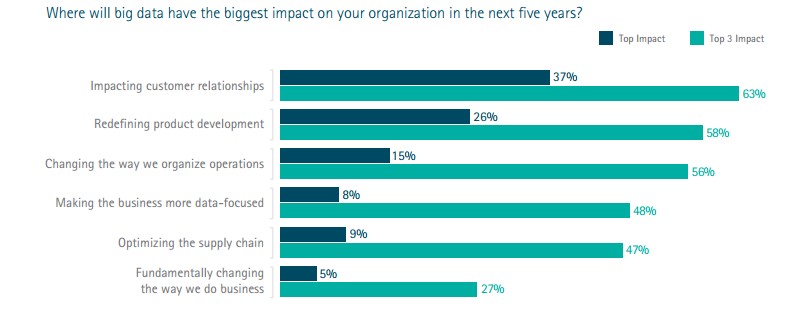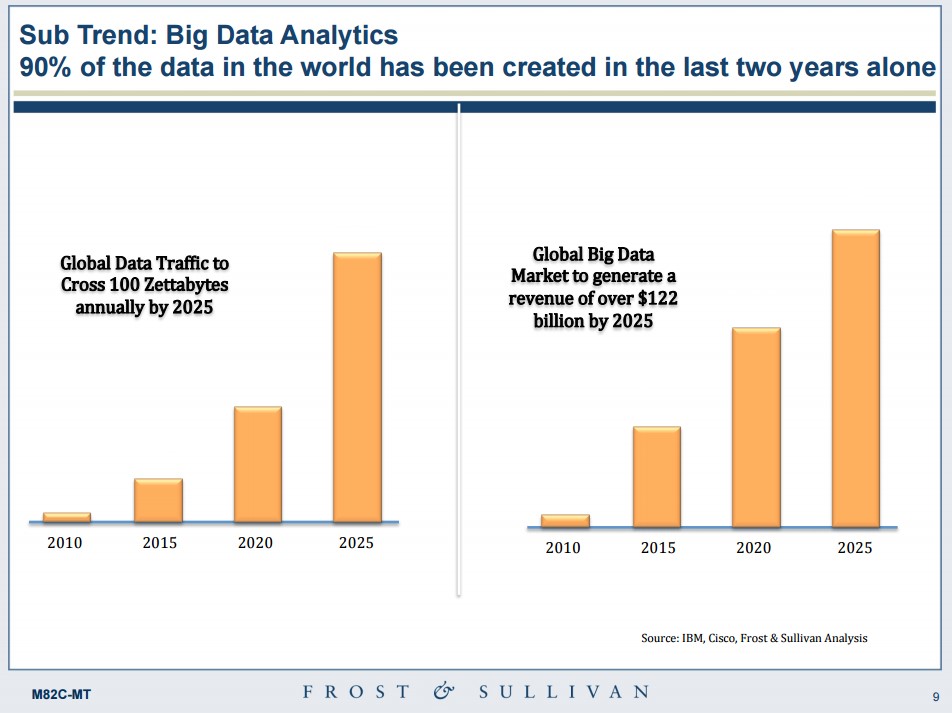Picture credit: CenturyLink
Richard Warley, the new EMEA managing director of communications giant CenturyLink, argues the natural winners in the cloud and infrastructure as a service (IaaS) space should be the telcos – and he’s relishing the chance of leading the charge.
Warley’s appointment represents a near full-circle transformation, having been managing director of SAVVIS up until 2008, which CenturyLink acquired in 2011. Indeed, it goes further than that; the new EMEA MD was speaking to CloudTech from a CenturyLink office in Denver which previously belonged to software manufacturer Quest – now part of Dell – whose IPO in 1996 Warley worked on in a previous life as an investment banker.
 Having been out of the fold for the best part of seven years, Warley (left) notes CenturyLink has changed ‘radically’, admitting when SAVVIS was acquired by the Louisiana telco, his first thought was ‘who the hell are CenturyLink?’ Yet his reasons for taking the job on are clear. “Part of the reason I came back is the company’s strategic vision is absolutely in the sweet spot of what customers are looking for,” he explains.
Having been out of the fold for the best part of seven years, Warley (left) notes CenturyLink has changed ‘radically’, admitting when SAVVIS was acquired by the Louisiana telco, his first thought was ‘who the hell are CenturyLink?’ Yet his reasons for taking the job on are clear. “Part of the reason I came back is the company’s strategic vision is absolutely in the sweet spot of what customers are looking for,” he explains.
“If you look at some of the natural competitors from the global infrastructure side, BT, Vodafone, Verizon, AT&T, all those folks are all predominantly interested in the consumer and the retail play,” he adds. “CenturyLink has said [they are] interested in satisfying the enterprise’s infrastructure problems on a local basis, in region and on a global basis.”
This feeds into Warley’s belief as to why the telco should win – the complexity of bringing together the network and the data centre from an operational and a sales standpoint. It can be quickly summed up in two terms; ‘hybrid IT’ and ‘telco cloud’. Both terms are less than ideal for Warley – they’re both pretty vague, for a start – but he says the latter has an ‘element of truth’ to it.
“The natural winners in the cloud space, and the infrastructure as a service space, are the telcos – or should be, for a number of reasons,” he argues, adding: “The cloud doesn’t work without the network. Increasingly, we’ve seen Microsoft, Amazon and certainly Google getting into the network space in rather a big way, and making substantial network investments, because the cloud doesn’t work if there’s no network to connect it.”
The second reason, a point echoed by CTO Jared Wray when he spoke to this publication last year, is that the cloud is, primarily, a utility service. Who has had experience in offering utility services for donkey’s years? The telcos.
Warley explains: “It takes a lot of innovative expertise to imagine the cloud and then to code it, but over a period of time it will become commoditised to an extent, and the people who can run infrastructure efficiently and cost effectively should be the telcos.” You put the legacy experience and the network together and it should be a recipe for success. Yet there’s a caveat.
“From a customer’s perspective this makes perfect sense, because the customer needs the network, the data centre, dedicated or traditional IT managed services, and needs cloud,” says Warley. “When you look at it from the vendor’s perspective, it looks difficult because you’ve got different skillsets, different operational frameworks that people want to work in.”
This, incorporating DevOps as opposed to a traditional ITIL (Information Technology Infrastructure Library) model, is a key tenet for CenturyLink, primarily through the CenturyLink Cloud Development Centre in Seattle.
From the enterprise customer’s perspective, the sentiment is still focused on ‘journey to the cloud’. How do they make their infrastructure more agile and cost effective, yet without sacrificing the stable operational state of a managed service? “That is the overwhelming topic of discussion amongst the client base,” Warley says, “and we are ideally positioned to have that discussion with our clients and to help them on both sides.”
Warley’s opinions on the competition aren’t restricted to the telcos. The more recognised IaaS players, he argues, don’t come from a service provider perspective as much as the telcos, ceding competitive advantage. The IaaS market as a whole, he notes, is growing rapidly and eating into the total infrastructure market, but will hit ‘increasing headwinds’ in the corporate market. He notes IBM, with its legacy in traditional IT, can stand on both sides of the argument, yet is ‘not sure how happy SoftLayer is in that environment’.
All considered, it’s exactly the sort of mission statement one would expect from the new EMEA managing director of a company in an extremely interesting strategic position. “I wouldn’t say that this is an incrementalist company,” Warley adds. “When it decides to do something, it says ‘this is what we’re going to do and this is how we’re going to go about it’.
“That’s how they’ve come from a switchboard in Louisiana to a very substantial company in a short space of time.”
 Having been out of the fold for the best part of seven years, Warley (left) notes CenturyLink has changed ‘radically’, admitting when SAVVIS was acquired by the Louisiana telco, his first thought was ‘who the hell are CenturyLink?’ Yet his reasons for taking the job on are clear. “Part of the reason I came back is the company’s strategic vision is absolutely in the sweet spot of what customers are looking for,” he explains.
Having been out of the fold for the best part of seven years, Warley (left) notes CenturyLink has changed ‘radically’, admitting when SAVVIS was acquired by the Louisiana telco, his first thought was ‘who the hell are CenturyLink?’ Yet his reasons for taking the job on are clear. “Part of the reason I came back is the company’s strategic vision is absolutely in the sweet spot of what customers are looking for,” he explains.














